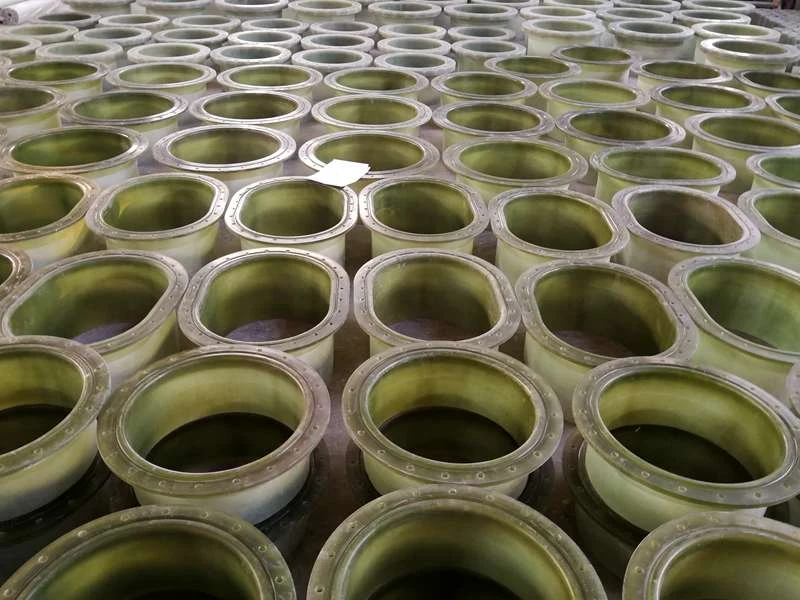
-
 Afrikaans
Afrikaans -
 Albanian
Albanian -
 Amharic
Amharic -
 Arabic
Arabic -
 Armenian
Armenian -
 Azerbaijani
Azerbaijani -
 Basque
Basque -
 Belarusian
Belarusian -
 Bengali
Bengali -
 Bosnian
Bosnian -
 Bulgarian
Bulgarian -
 Catalan
Catalan -
 Cebuano
Cebuano -
 China
China -
 China (Taiwan)
China (Taiwan) -
 Corsican
Corsican -
 Croatian
Croatian -
 Czech
Czech -
 Danish
Danish -
 Dutch
Dutch -
 English
English -
 Esperanto
Esperanto -
 Estonian
Estonian -
 Finnish
Finnish -
 French
French -
 Frisian
Frisian -
 Galician
Galician -
 Georgian
Georgian -
 German
German -
 Greek
Greek -
 Gujarati
Gujarati -
 Haitian Creole
Haitian Creole -
 hausa
hausa -
 hawaiian
hawaiian -
 Hebrew
Hebrew -
 Hindi
Hindi -
 Miao
Miao -
 Hungarian
Hungarian -
 Icelandic
Icelandic -
 igbo
igbo -
 Indonesian
Indonesian -
 irish
irish -
 Italian
Italian -
 Japanese
Japanese -
 Javanese
Javanese -
 Kannada
Kannada -
 kazakh
kazakh -
 Khmer
Khmer -
 Rwandese
Rwandese -
 Korean
Korean -
 Kurdish
Kurdish -
 Kyrgyz
Kyrgyz -
 Lao
Lao -
 Latin
Latin -
 Latvian
Latvian -
 Lithuanian
Lithuanian -
 Luxembourgish
Luxembourgish -
 Macedonian
Macedonian -
 Malgashi
Malgashi -
 Malay
Malay -
 Malayalam
Malayalam -
 Maltese
Maltese -
 Maori
Maori -
 Marathi
Marathi -
 Mongolian
Mongolian -
 Myanmar
Myanmar -
 Nepali
Nepali -
 Norwegian
Norwegian -
 Norwegian
Norwegian -
 Occitan
Occitan -
 Pashto
Pashto -
 Persian
Persian -
 Polish
Polish -
 Portuguese
Portuguese -
 Punjabi
Punjabi -
 Romanian
Romanian -
 Russian
Russian -
 Samoan
Samoan -
 Scottish Gaelic
Scottish Gaelic -
 Serbian
Serbian -
 Sesotho
Sesotho -
 Shona
Shona -
 Sindhi
Sindhi -
 Sinhala
Sinhala -
 Slovak
Slovak -
 Slovenian
Slovenian -
 Somali
Somali -
 Spanish
Spanish -
 Sundanese
Sundanese -
 Swahili
Swahili -
 Swedish
Swedish -
 Tagalog
Tagalog -
 Tajik
Tajik -
 Tamil
Tamil -
 Tatar
Tatar -
 Telugu
Telugu -
 Thai
Thai -
 Turkish
Turkish -
 Turkmen
Turkmen -
 Ukrainian
Ukrainian -
 Urdu
Urdu -
 Uighur
Uighur -
 Uzbek
Uzbek -
 Vietnamese
Vietnamese -
 Welsh
Welsh -
 Bantu
Bantu -
 Yiddish
Yiddish -
 Yoruba
Yoruba -
 Zulu
Zulu
Effective Designs for Frp-Based Scrubber Systems in Industrial Applications
Understanding FRP Scrubbers A Sustainable Solution for Emission Control
In an age where environmental sustainability is a pressing concern, industries are increasingly seeking innovative solutions to reduce their ecological footprint. One such solution that has garnered considerable attention is the use of FRP scrubbers. This technology plays a crucial role in controlling air pollution by efficiently removing harmful pollutants from industrial emissions, making it a vital component in the push for cleaner air.
What are FRP Scrubbers?
FRP, or Fiberglass Reinforced Plastic, scrubbers are specialized air pollution control devices designed to remove particulates and gaseous pollutants from industrial exhaust streams. The primary function of a scrubber is to interact with the contaminated gas, facilitating a chemical or physical reaction that leads to the neutralization of pollutants. FRP scrubbers are particularly advantageous due to their resistance to corrosion, lightweight nature, and durability, making them suitable for a wide range of applications.
How Do FRP Scrubbers Work?
The operation of an FRP scrubber typically involves a series of stages. First, the contaminated gas is drawn into the scrubber chamber, where it is introduced to a liquid scrubbing solution. This liquid can be water or a specific chemical reagent designed to react with the pollutants. As the gas bubbles through the liquid, contaminants are either absorbed into the liquid or undergo a chemical reaction that converts them into less harmful substances.
There are two primary types of scrubbers wet scrubbers and dry scrubbers. Wet scrubbers utilize a liquid solvent to capture pollutants, whereas dry scrubbers rely on solid materials for the adsorption of gases. The choice between these systems often depends on the specific pollutants involved and the operational requirements of the industrial process.
frp scrubber

Applications of FRP Scrubbers
FRP scrubbers are employed across various industries, including chemical manufacturing, waste treatment, food processing, and petrochemicals. In chemical plants, they control emissions of volatile organic compounds (VOCs) and other toxic gases. In waste treatment facilities, they play a crucial role in removing hydrogen sulfide and ammonia from biogas. The food processing industry frequently utilizes scrubbers to mitigate odors and ensure compliance with air quality regulations.
In recent years, the demand for FRP scrubbers has surged as companies aim to comply with stricter environmental regulations and to enhance their corporate sustainability profiles. The need for efficient emission control systems is no longer optional but a necessity for many businesses across the globe.
Benefits of FRP Scrubbers
One of the most significant advantages of FRP scrubbers is their excellent resistance to corrosive substances, which is vital for industries dealing with harsh chemicals. Additionally, their lightweight structure makes installation and maintenance easier, reducing operational costs in the long run. Furthermore, FRP scrubbers are customizable, allowing businesses to tailor their systems to fit specific operational needs and regulatory requirements.
Conclusion
In conclusion, FRP scrubbers are an essential tool in the modern pursuit of cleaner air and sustainable practices in industrial operations. By effectively removing harmful gases and particulates from emissions, these systems not only help companies adhere to environmental regulations but also contribute to a healthier planet. As technology continues to advance, the role of FRP scrubbers will undoubtedly become even more crucial in addressing the ongoing challenges of air pollution and climate change. Embracing such innovative solutions is key to fostering a more sustainable future for generations to come.
Latest news
-
Exploring the Benefits of Top Hammer Drifter Rods for Enhanced Drilling PerformanceNewsJun.10,2025
-
High-Precision Fiberglass Winding Machine for GRP/FRP Pipe Production – Reliable & Efficient SolutionsNewsJun.10,2025
-
FRP Pipes & Fittings for Shipbuilding - Corrosion-Resistant & LightweightNewsJun.09,2025
-
Premium FRP Flooring Solutions Durable & Slip-ResistantNewsJun.09,2025
-
Premium Fiberglass Rectangular Tanks Durable & Lightweight SolutionNewsJun.09,2025
-
Tapered Drill String Design Guide Durable Performance & UsesNewsJun.09,2025









